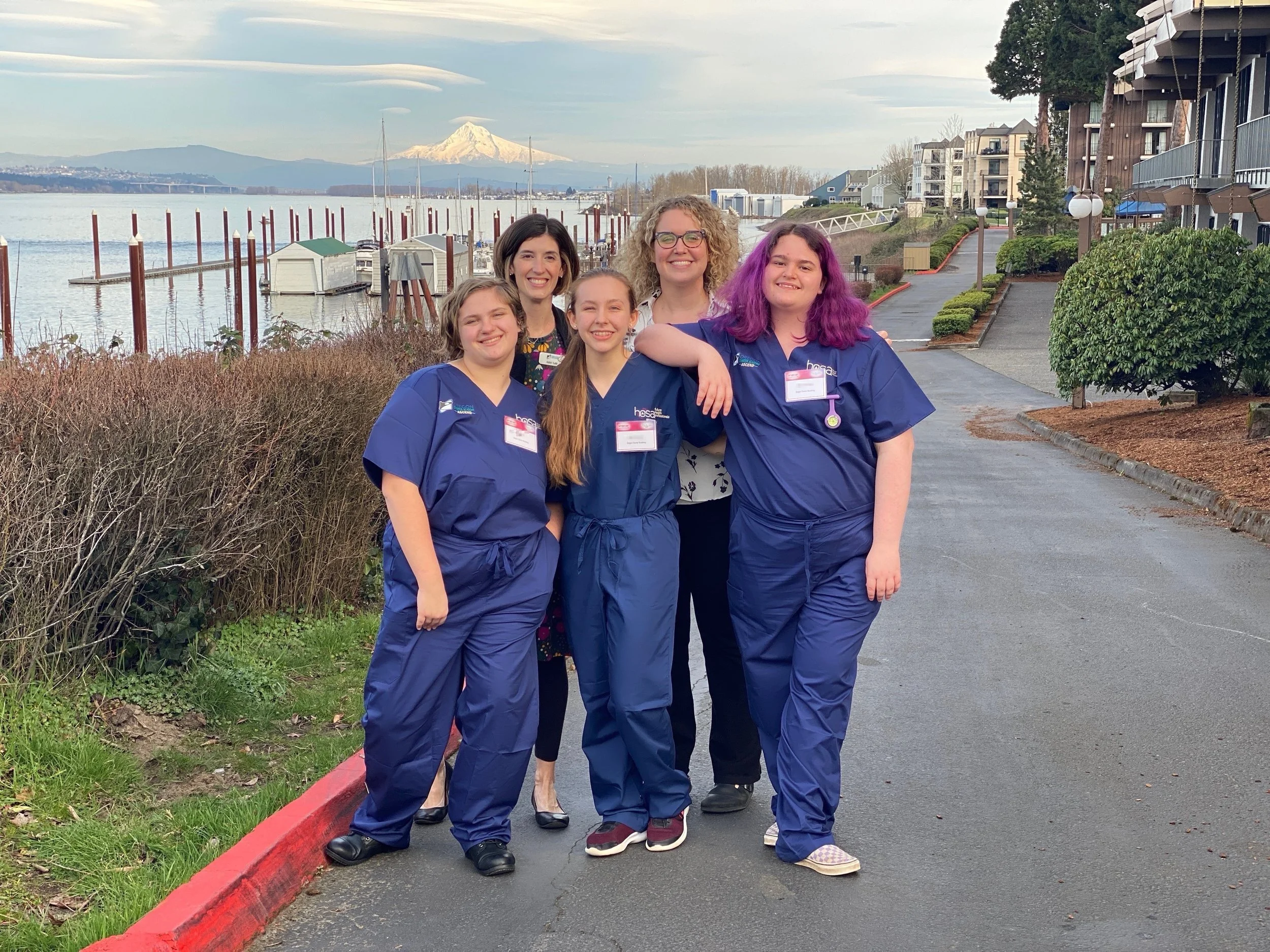Skilled Trades Training Offers Students Options for Successful Careers
Our country relies on a foundation of skilled workers to ensure our ongoing health and prosperity. Occupations like plumbers, machinists and welders create and maintain our built environment so we can live and work in comfort. At the same time, workers in the computer sciences develop the applications, software and protocols that form the foundation of our digital lives, while hundreds of thousands of medical workers perform the critical tasks that keep our healthcare system running.
For as much as we rely on skilled workers, there is a lack of education about the benefits of trade and vocational arts careers. The idea that working in skilled trades is “less than” leads many parents and students to choose the college or university path instead of vocational training because it’s often promoted as the fastest route towards achieving success. As a result, there aren’t enough graduates ready to enter the skilled trades after high school, leaving millions of high-paying jobs unfilled every year. That’s why it’s so important to remember how vital these roles are in American life, and the bright career future they offer many students.
The Skilled Labor Gap is Real
Various factors have contributed to the skilled labor gap, including the pandemic, the Great Resignation, a rapidly retiring Baby Boomer generation and a shortage of new workers entering the trades. According to the U.S. Bureau of Labor Statistics, there are currently nearly four million job openings in the transportation, construction, and mechanical fields. Almost 1 million computer programming jobs will go unfilled this year, and some predict a shortage of 3.2 million healthcare workers by 2026. The situation will only worsen as Baby Boomers continue leaving the workforce.
To reverse this trend, it’s critical for schools to inform students about the skilled trades by offering career and technical education (CTE) programs. In doing so, parents and students alike can learn about the opportunities skilled trades hold as viable post-secondary options for living-wage jobs. Oregon Charter Academy (ORCA) provides that kind of learning through our ASCEND program, which offers students CTE training that will give them the tools needed to pursue trade careers after graduation.
ASCEND Offers Students a Jump-Start
Our ASCEND program trains students in several career pathways, including computer and medical sciences. Students in the program work in smaller groups with the close support of teachers who have worked in these industries. They also have opportunities to pursue internships and other hands-on learning opportunities outside of ORCA. This added training helps students get a jump start on their careers after high school or go on to college. Here’s how a few of our current ASCEND students plan to use what they’ve learned at ORCA.
Rory Peterson will graduate this year after participating in the ASCEND computer science track, which exposed her to opportunities beyond coding like robotics and 3D design.
Jacob Croft, an 11th grader, is on ASCEND’s medical science track and enjoys how the program allows him to dive deeper into relevant subjects like anatomy, biology and physics.
Abigail Stockwell, a graduating 11th grader, says the ASCEND medical science track helped her learn about the field in greater detail and reinforced her desire to pursue a medical career. During COVID, she also participated in classes offered by the National Healthcareer Association as an alternative to internships, which has helped keep her on track toward her career goals.
Isaac Choi, a 10th-grade student, is preparing for a future in the medical field through the ASCEND program by visiting medical facilities, shadowing professionals and attending discussion panels, all while his coursework focuses on career development. When he graduates, he’ll have the option to go straight into the healthcare workforce through the Certified Clinical Medical Assistant program approved by the National Healthcareer Association or use his experience to pursue other healthcare training. “ORCA is more challenging because it allows me to go at my own pace,” said Choi. “Being introduced to the ASCEND program has opened my eyes to all the possibilities the medical field offers.”
ASCEND Expands Possibilities
Through ASCEND, these four students – and their peers in the program – are gaining tangible career-related opportunities that are often more difficult for traditional public high schools to provide. Not only will they receive a first-rate education, but they’ll also gain firsthand experience in potential careers that don’t require a college degree. That insight will enable them and their parents to make more informed decisions about their post-high school plans. While some of these kids will decide to use what they learned in ASCEND to pursue four-year degrees, for many others, ASCEND will open the doors to a host of possibilities beyond college that they never knew existed.
Ensuring a Bright Future
CTE programs will play an important role as our country begins filling the skilled labor gap. ORCA's doing its part by showing our students the opportunities that exist in trade and vocational careers. With the growing awareness of the need for skilled labor, we can continue helping our children make informed decisions that will lead them to happier, more fulfilling lives while contributing to our country's health and prosperity.
To learn more about ORCA, our ASCEND program and the other opportunities our tuition-free K-12 charter school offers students, attend one of our upcoming virtual info sessions.

